Your Fall Planted Bulb Questions Answered
This month we’ve covered how to plant cool-season veggies. If flowers are more your thing, then it’s time to plant spring-blooming bulbs. Favorites such as tulips, daffodils, hyacinth and alliums are planted in fall but burst forth with color in spring.
There’s nothing difficult about planting bulbs and you can plant dozens of them in just a few minutes. Here are three easy steps for planting fall bulbs.
Today, the experts at North Haven Gardens answer the top 10 most common questions about planting bulbs.
Top 10 Burning Bulb Questions
1. When should I plant spring flowering bulbs?
Spring-flowering bulbs such as tulips and daffodils are planted September to November. They need several weeks underground to grow roots before the ground freezes.
Check your hardiness zone to be sure when the best time is to plant. Usually, Zones 1 – 4 can plant late August through late September and Zones 4 – 7 can plant mid-September through early November.
2. How far apart and how deep should I plant?
The bulb package should tell you how deep and wide to plant bulbs. If you’ve lost your package, follow the 3×3 rule. Plant bulbs three times as deep as their height and keep 3x the diameter of the bulb between plantings.
3. Which end is up?
Bulbs with pointy ends make it easy: plant the pointed end up. Corms and tubers should have roots attached. Plant those down.
4. When should I feed my bulbs?
Bulbs do store their own food, but a little extra nutrition will help them last years. Add a sprinkle of Bulb-tone to the hole of each newly planted bulb. Come spring, sprinkle a little more Bulb-tone on top of the soil to give them an extra boost.
5. Should I water the flower bulbs after I plant them?
We call spring-flowering bulbs drought-tolerant. While they’re not exactly, you only need to water immediately after planting them.
6. Should I mulch bulbs?
We are huge advocates of mulch as long as it’s applied correctly. In cool climates you can mulch after the soil freezes. In warm climates, Zones 8 and above, mulch after planting and watering.
7. What should I do with the leaves after the flowers have faded?
Give leaves at least 8 weeks of growing, after the flowers fade. You can cut the stem, but the foliage provides energy for next year’s blooms. This is also a good time to feed bulbs, as they’re building up reserves.
One solution is to camouflage the fading foliage. Plant perennials or cool-season annuals. They will emerge right as unsightly foliage is fading.
8. Are there any bulbs deer don’t eat?
Daffodils are the most pest free spring bulbs you can grow. Alliums, in the onion family, are also unappealing to deer. However, if they’re really hungry, they’ll eat anything.
9. What about other pests?
There are measures you can take to keep unwanted visitors from eating your bulbs. Lay a small layer of hardware cloth or chicken wire over the top and around the sides of the new plantings. Just don’t forget to remove it come spring.
10. Will my flower bulbs come up again next year?
Flower bulbs are divided into three groups: annuals, perennials and naturalizing. Annual bulbs such as tulips produce their most beautiful display during the first year and if you’re lucky, may also emerge the following year. Perennial bulbs such as daffodils and hyacinth emerge and continue to bloom year after year. Naturalizing bulbs such as muscari, snowdrops and crocus will emerge every year and better yet, increase in number.
Have a question we didn’t answer? Visit our Facebook page and ask us!

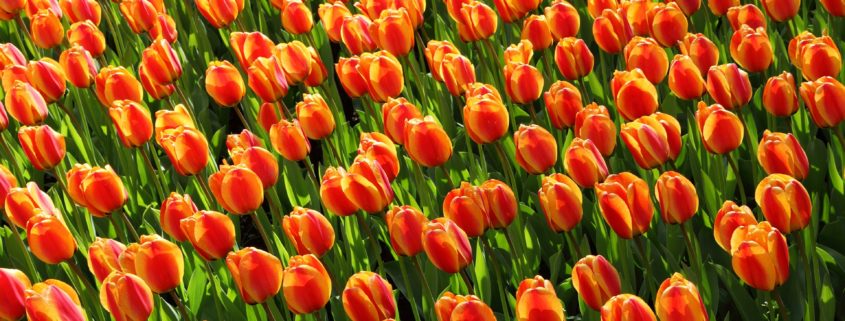
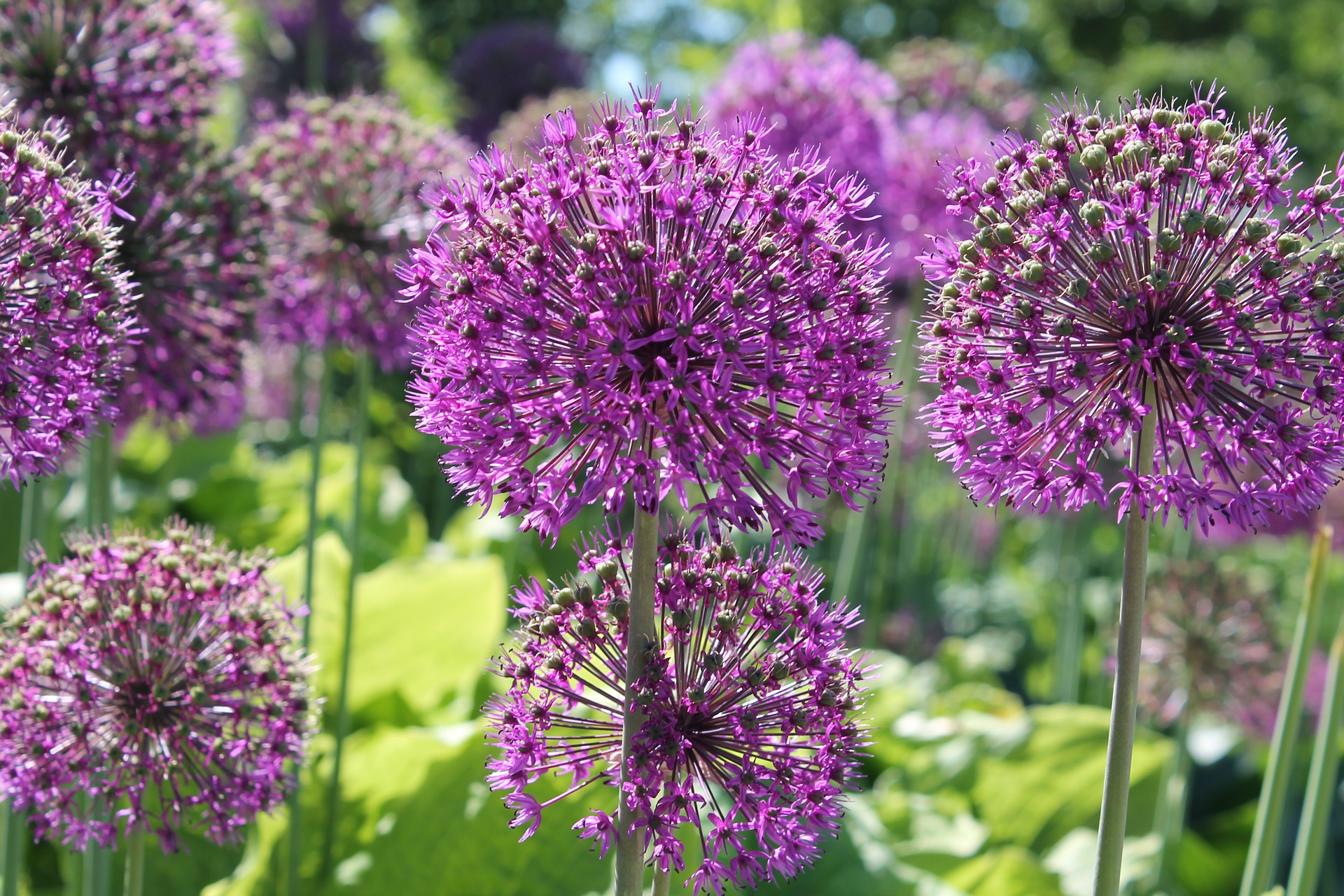

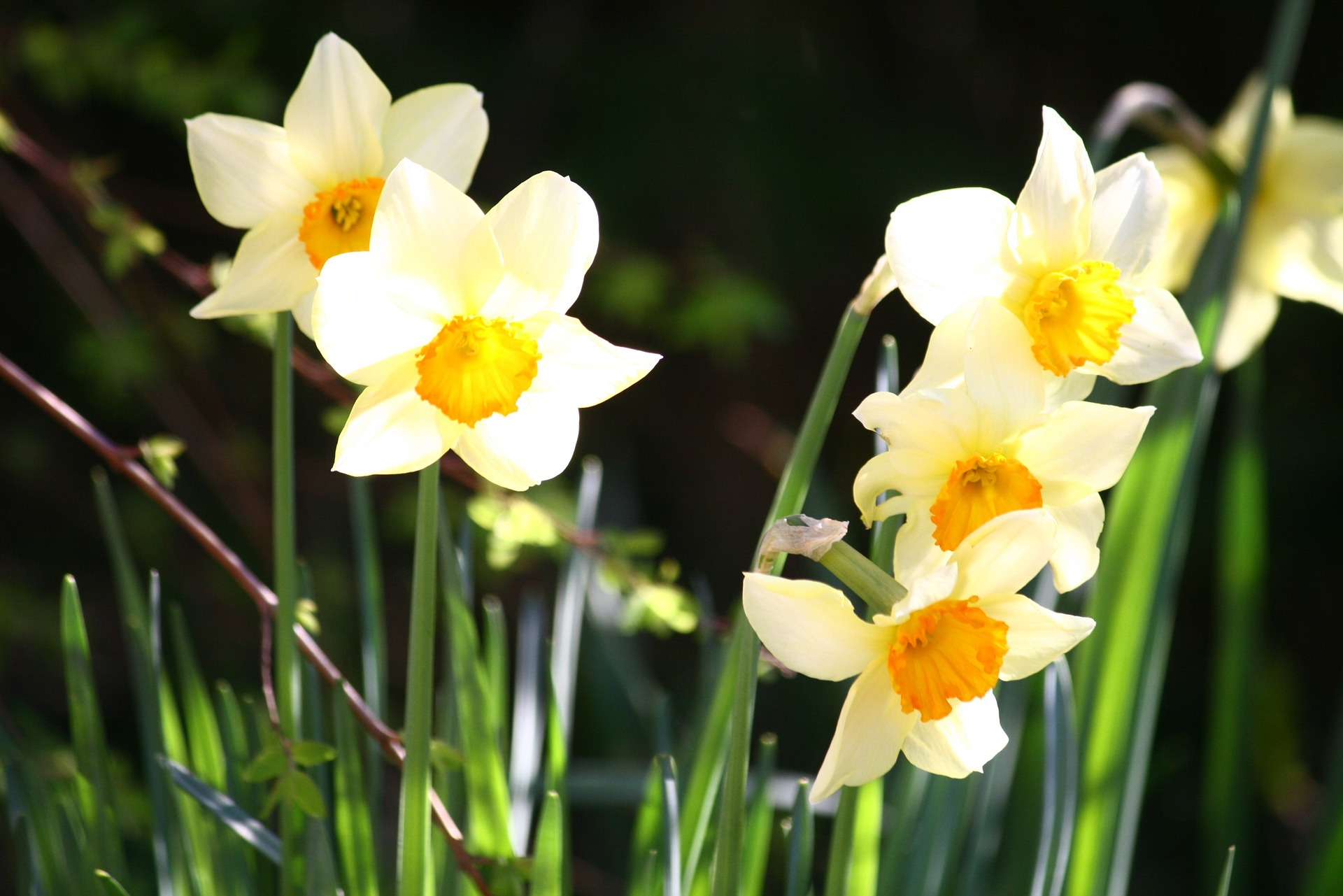
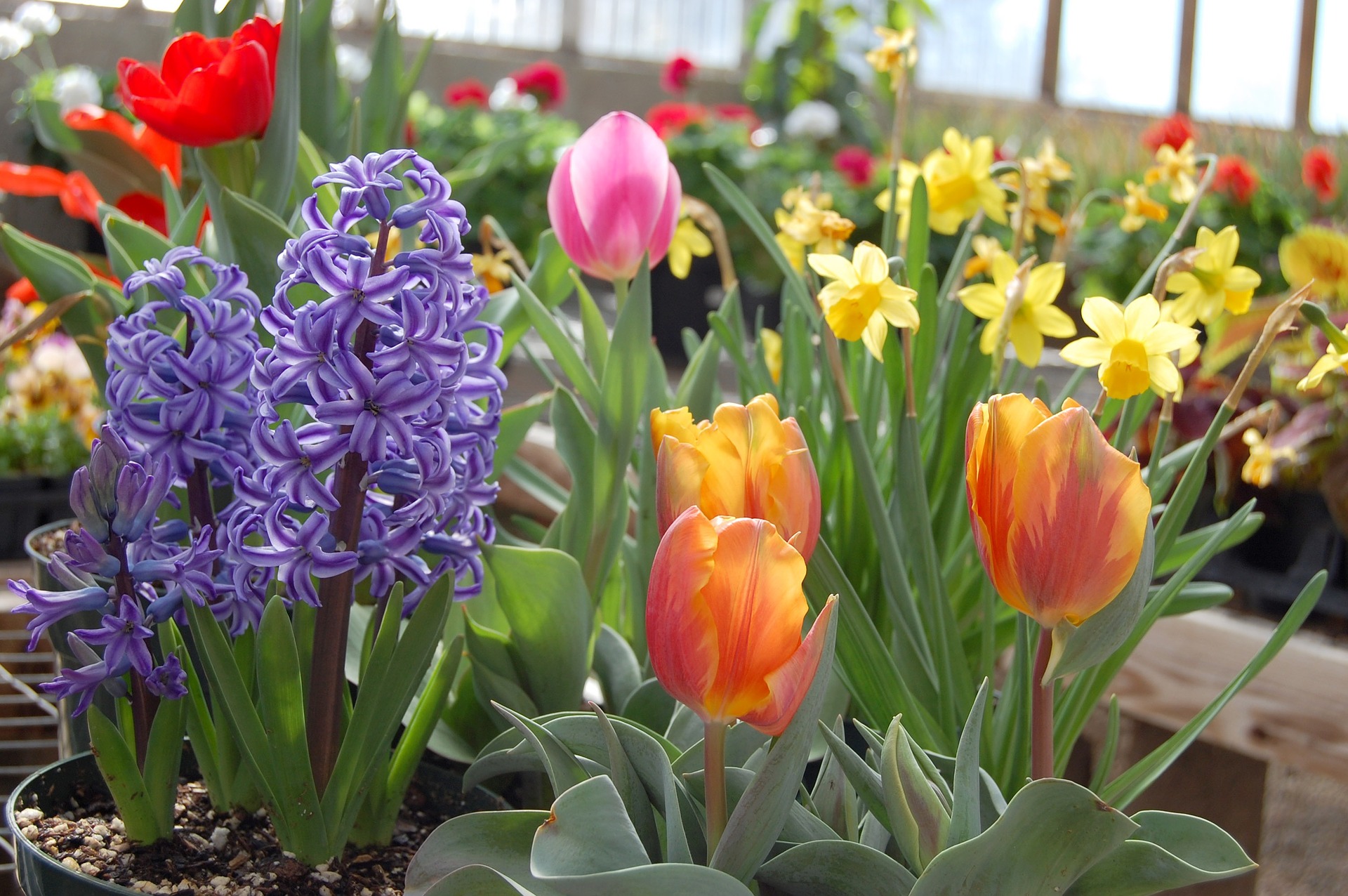
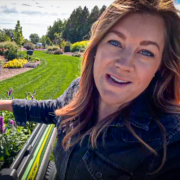


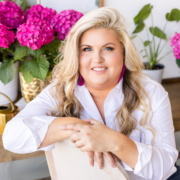
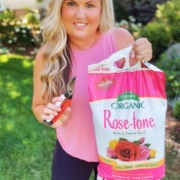


Trackbacks & Pingbacks
[…] Your Fall Planted Bulb Questions Answered […]
Comments are closed.